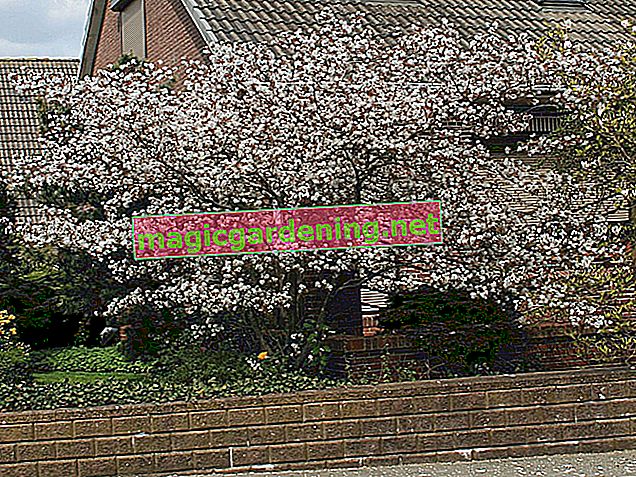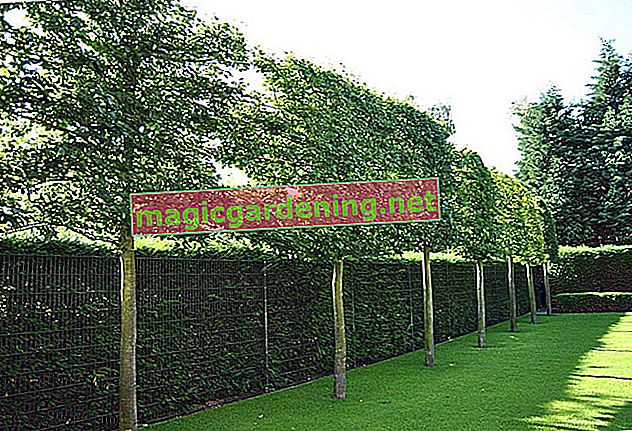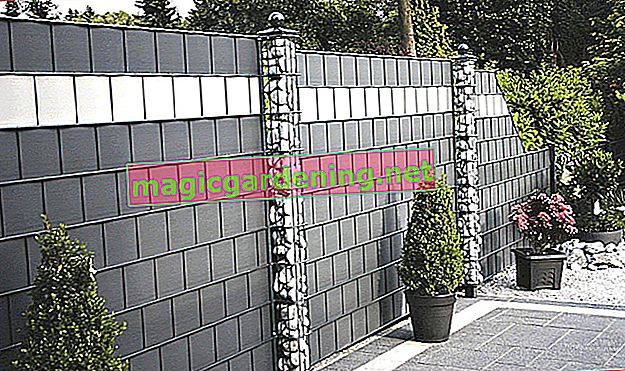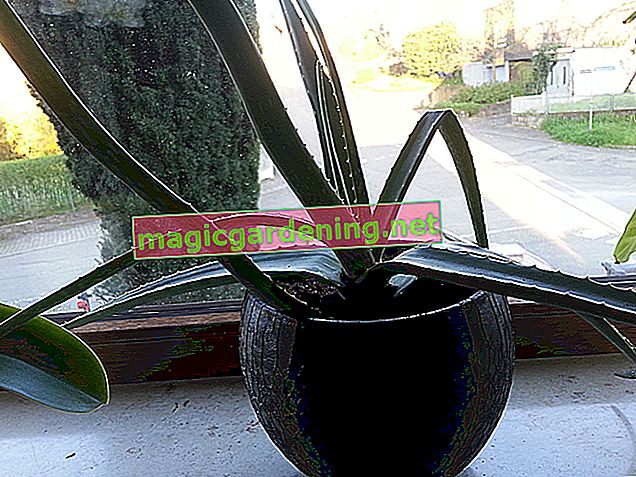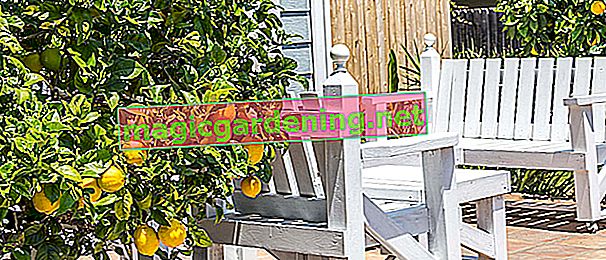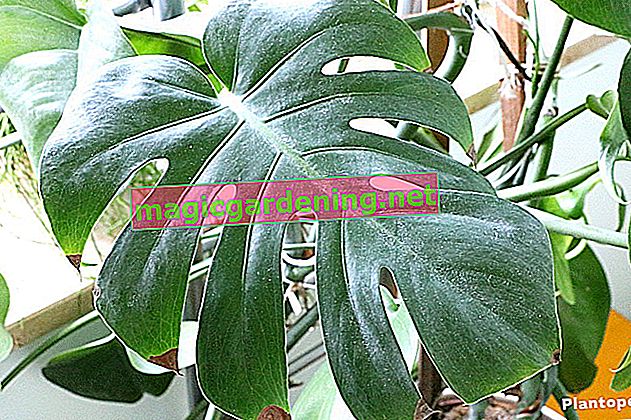
Plant candytuft correctly
Plant candytufts in a sunny to shady spot in the nutrient-poor, loosely sandy and fresh soil. Please thin normal garden soil by adding sand or fine grit. (€ 44.95 at Amazon *) Please place the potted root balls in a container with water until no more air bubbles rise. Meanwhile dig the desired number of planting holes at a distance of 30-40 cm. Place a potted young plant in each pit so deep that the soil at the end reaches to the lower pair of leaves. A generous sip of water completes the planting professionally.
also read
- This is part of taking good care of the candytuft!
- When is the candytuft in the middle of its heyday?
- Candytuft - hardy, yes or no?
Care tips
Your ribbon flowers will become an opulent carpet of flowers if you are given this care program:
- If it is dry for a long time, water it with normal tap water
- In March and after the summer re-cut, fertilize with compost and rock flour
- Cut back by a third after the first flowering phase
- Thoroughly thin out the subshrub in January / February and shorten it by up to two thirds
In regions with mild winter, you can confidently enjoy the evergreen leaves of a candytuft. If in doubt, protect the perennial from freezing frost and permanent wetness by covering it with autumn leaves and fir fronds.
Continue reading
Which location is suitable?
Loop flowers prefer a sunny to shady location. Although the little beauties tolerate penumbra, they fall short of expectations. All Iberis species and varieties feel in good hands in mineral-sandy soils that are well-drained, moderately moist and calcareous.
The correct planting distance
A candytuft is more than double its height in width. Pay particular attention to this attribute when dimensioning the planting distance. The popular 'snowflake' and similarly stored conspecifics should be settled at a distance of 40-50 cm. A distance of 30-35 cm is well chosen for dwarf varieties.
When is the flowering time?
The main flowering time of a candytuft extends over the months of April and May. If spring comes with mild weather, the perennial puts on its flower dress as early as March and only takes off in June. After the first flower pile, cut back the shoots by a third and fertilize with compost, diligently reassemble the perennial and bloom again in August / September.
Continue reading
Cut candytuft correctly
The secateurs are an important utensil for preserving the vitality and flowering of a candytuft. We have put together all the relevant occasions for a cut for you here:
- Shorten the perennial by a third immediately after the first bloom
- Half-lignified head cuttings are cut during the summer for vegetative reproduction
- Cut until the evergreen foliage in autumn
- In late winter, thin out the subshrub and cut back to the desired length
The less lignified an Iberis, the more abundantly the bloom flourishes. We therefore recommend a courageous pruning of up to two thirds in early spring. Please note that the distinctive subshrub can hardly cope with a cut in the old wood.
Continue reading
Water candytuft
The lavish flower mats are the result of a water balance at a low level. Only water a candytuft when the soil has dried well. Let the normal tap water run slowly onto the root disc until no more moisture is absorbed. A dry phase of 1 to 2 weeks does not cause the spring beauty any problems, whereas waterlogging causes the tender roots to rot.
Fertilize candytuft properly
The desire for a lean, sandy-mineral soil results in a modest supply of nutrients. Fertilize a candytuft in March with compost and rock flour (€ 14.95 at Amazon *) for a vital start into a blooming garden year. In connection with the easy pruning in summer, the perennial gratefully accepts another portion of compost.
Overwinter
Regardless of its Mediterranean origin, the candytuft has a robust winter hardiness. In rough locations we still recommend covering with leaves and brushwood to protect the root ball from harmful permanent moisture. In addition, please do not cut back the evergreen branches until January / February. Until then, they serve as natural protection against snow and freezing cold.
Propagate candytuft
Unfortunately, candytuft prevents us from easily dividing the root ball for propagation. The perennial grows from a single, narrow main root. Iberis makes up for this shortcoming by offering us the following alternatives:
- Cut half-lignified, non-flowering head cuttings and let them take root in poor, moist soil
- Sprinkle the lower branches with humus as a sinker and cut them off after they have formed their own root system
- Collect the ripe pods with the seeds to sow them on the warm windowsill in winter
Since harvesting and sowing the fine seeds requires a great deal of sensitivity, simply leave this work to your candytuft. Do not cut off the withered flowers until the seeds have spread across the bed.
Continue reading
Is candytuft poisonous?
The candytuft is assigned to the slightly poisonous plants. This fact stems from various ingredients that can cause nausea and vomiting after consumption. The very bitter taste that goes with it reliably prevents the ingestion of large quantities of leaves, flowers and seeds; Nevertheless, the pretty umbellate flowers exert a magical attraction on children. We therefore recommend refraining from cultivation in the family garden or locating the perennial out of the reach of children.
Nice varieties
- Snowflake: Enchanting, evergreen Iberis sempervirens, which presents us with white umbels in spring; 20-25 cm
- Tahoe: Vigorous, white candytuft with evergreen foliage, which is excellent as a ground cover; 20-25 cm
- Sweetheart: Delicate, pink-flowering Iberis aurosica that develops magnificent pillows and flower cushions; 15-20 cm
- Rock candytuft: Robust subshrub with white flower umbels for the rock garden and gravel bed; 15-20 cm
- White dwarf: The smallest candytuft that adorns the spring garden with a cute 10 cm height; 15 cm
- Appen Etz: Evergreen premium variety, ideal for wall crowns and the sunny grave; 20-25 cm

